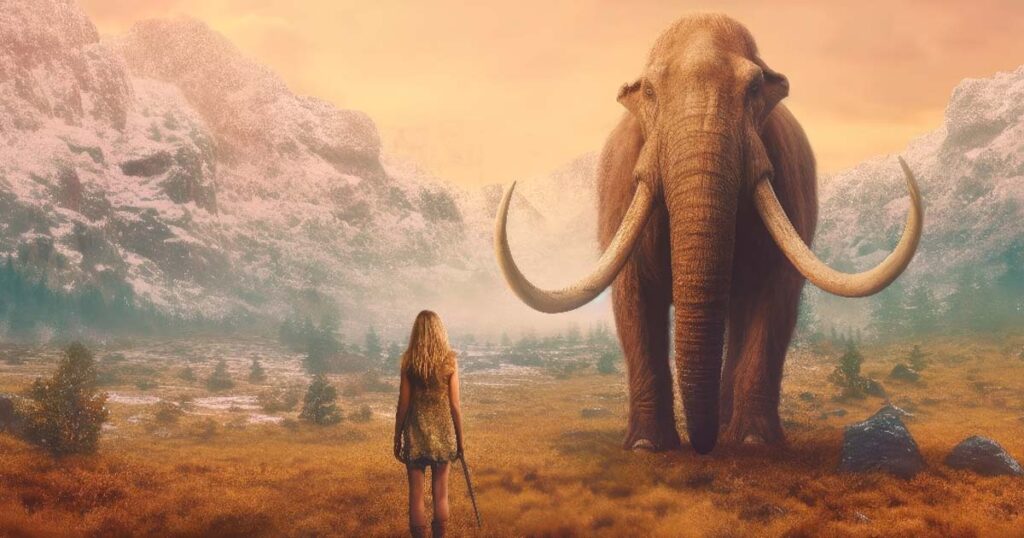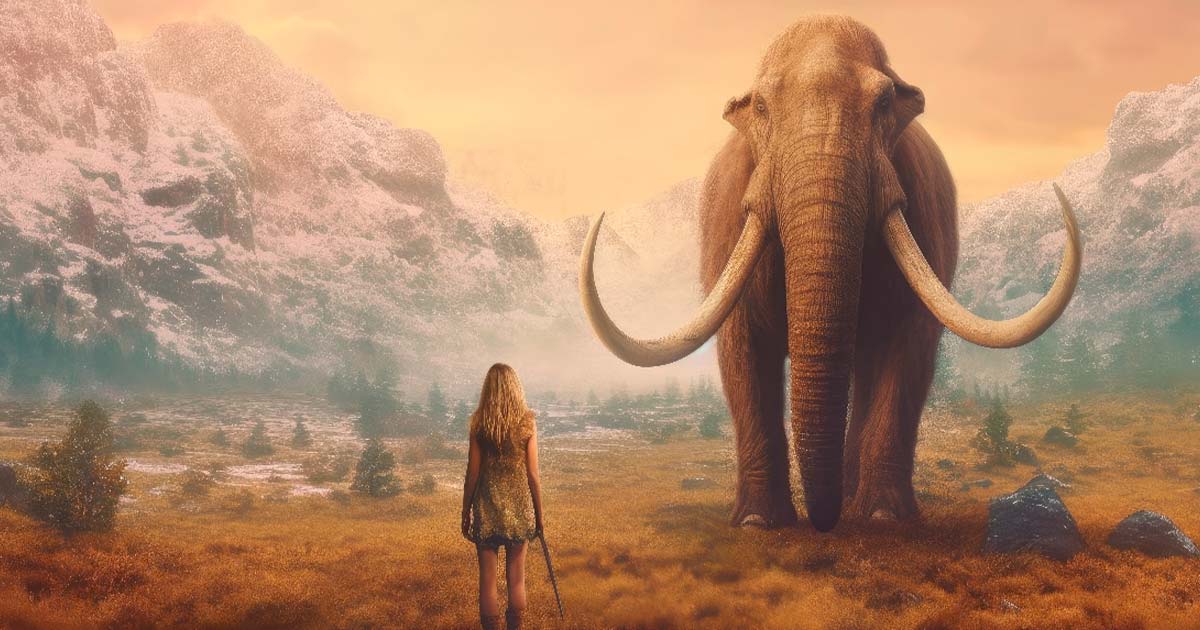

For a long time, it has been believed that prehistoric men played the role of hunters while women took on the role of gatherers. However, a recent study uncovers that both men and women in hunter-gatherer societies displayed equal skill in hunting.
The research, that shows ancient women participated in hunting in a majority of cultures around the world, was conducted by an international team of scientists. The new research was recently published in the journal PLOS One. The team looked at “63 hunter-gatherer societies and burials of female hunters in North America, Africa, Australia and Asia.
Study co-author Cara Wall-Scheffler, a professor and co-chair of biology at Seattle Pacific University, told Live Science the researchers analyzed data from heaps of academic papers published over the past 100 years that were “written by people who had lived with these groups and had studied their behavior.
Women’s Big-Game Hunting
The results of the study show that “79% of the foraging communities assessed contained women who were hunters.” Furthermore, evidence suggested that women’s hunting activities didn’t lessen after they had given birth. Wall-Scheffler added that the women studied went out with “many different tools — they had a very diverse tool kit all around the world”.
Wall-Scheffler wrote that the team of researchers “were surprised” to find women hunters in the majority of the 63 hunter groups studied. And, the study demonstrated that “more than 70% of female hunting expeditions were classified as “intentional.” This means women deliberately hunted meat, rather than taking opportunistic kills while foraging for plants.
And don’t think for a second that women hunted smaller game animals, because this new research proves that “around half, 50%” of female hunters in the Americas were after “big-game,” hunting alongside males for deer and moose.”
Dogmatic Beliefs on Prehistoric Women’s Roles
Where then, did the dogmatic notion come from that prehistoric women never hunted? Wall-Scheffler mentioned two academic books that went some way to cementing this idea, “Man the Hunter” (1968), and “Woman the Gatherer” (1983). However, the gender stereotypes that were offered by these books falls apart after this new study, because it found that there were “no taboos” about women hunting in prehistory.
Alongside these two books, throughout prehistory, women’s roles as hunters have often been overlooked or underestimated. However, many other recent archaeological findings challenge this traditional narrative, having unearthed ancient tools, such as projectile points and animal remains, indicating women’s active involvement in hunting activities.

A mosaic illustration of women hunting taken from William MacKenzie’s National Encyclopaedia (1891). (Public Domain)
Prehistoric Women’s Skills and Knowledge Evident in Hunting Artifacts
One example of an excavation that supports the role of women as hunters in prehistory, outside the scope of the new study, is the 1999 discovery at the Kostenki-Borshchevo site in Russia. Excavations led by archaeologist Maria Gimbutas uncovered an array of hunting tools, including spear points and harpoons, alongside the remains of large game animals.
These artifacts suggest both men and women participated in hunting activities during the Paleolithic era. The findings from Kostenki-Borshchevo provide tangible evidence of women’s involvement in hunting and challenge the long-held assumption that hunting was exclusively a male endeavor in prehistoric societies.
Now it is established that prehistoric women possessed similar skills, and the ancestral knowledge, necessary for successful hunting, the notion that hunting was exclusively a male domain will slowly die.